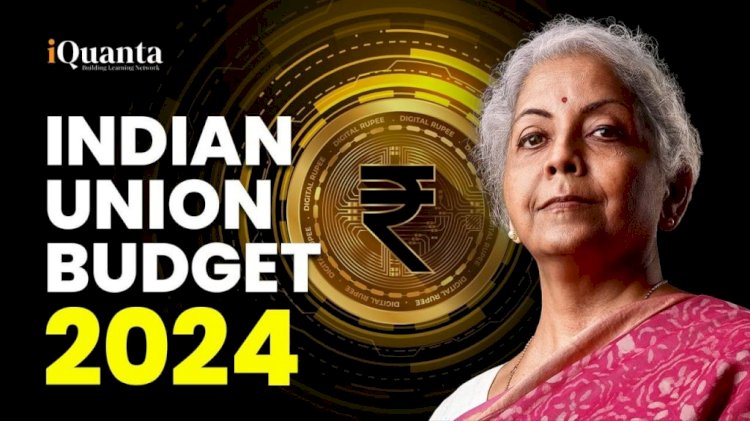Key Highlights of the Union Budget 2024-25
Budget 2024-25 emphasizes economic growth through increased investments in healthcare, education, and digital infrastructure. It introduces revised tax slabs offering relief to middle-income earners and adjusts corporate taxes to boost business. The budget also enhances support for farmers and social welfare programs, aiming for inclusive development and improved quality of life across various sectors.

Budget 2024 focuses on sustainable economic growth, with significant investments in healthcare, education, and digital infrastructure. It aims to support farmers, enhance social welfare, and promote a green economy. The revised income tax slabs provide relief for middle-income groups, while corporate tax adjustments encourage business growth. This budget strives for inclusive development, addressing the diverse needs of the population.
Here’s a concise breakdown of the major points, impacts on the public, benefits, disadvantages, and tax reforms included in this year’s budget.

Tax Reforms and Slabs in Budget 2024
- Income Tax: Revised income tax slabs providing relief for middle-income groups while ensuring higher-income groups contribute more.
- Corporate Tax: Adjustments in corporate tax rates to stimulate business growth and attract foreign investments.
- GST: Simplified GST structure to reduce compliance burden and promote ease of doing business.
Income Tax Slabs for FY 2024-25
- Up to ₹2.5 lakh: No tax
- ₹2.5 lakh to ₹5 lakh: 5%
- ₹5 lakh to ₹10 lakh: 10%
- ₹10 lakh to ₹15 lakh: 15%
- Above ₹15 lakh: 20%
Major Points of Budget 2024
- Economic Growth: Focus on sustainable economic growth with an emphasis on green technologies and infrastructure development.
- Healthcare: Increased allocation for healthcare, aiming to improve facilities and access to medical services, especially in rural areas.
- Education: Significant funding for educational initiatives, including digital education and skill development programs.
- Agriculture: Enhanced support for farmers through subsidies and modern farming techniques.
- Digital Economy: Investment in digital infrastructure to boost the digital economy and promote e-governance.
- Social Welfare: Expansion of social welfare schemes to support the underprivileged and marginalized communities.
The impact of Budget 2024:
- Enhanced Public Services: Improved healthcare and education facilities will boost access and quality, particularly in underserved areas.
- Economic Growth: Investments in digital infrastructure and support for businesses are expected to stimulate economic growth and innovation.
- Support for Agriculture: Increased subsidies and modern farming techniques will benefit farmers, leading to better productivity and income stability.
- Social Welfare: Expanded welfare programs will provide a stronger safety net for vulnerable populations, reducing poverty and inequality.
- Tax Relief: Revised tax slabs will ease the financial burden on middle-income groups, while corporate tax adjustments aim to attract investment and drive business expansion.
Benefits of Budget 2024
- Inclusive Growth: Focus on inclusive growth by addressing the needs of various sectors and demographics.
- Healthcare and Education: Improved healthcare and education systems leading to a healthier and more skilled population.
- Digital Advancements: Investment in digital infrastructure promoting efficiency and transparency in governance.
- Support for Farmers: Enhanced support for the agricultural sector, ensuring food security and better livelihoods for farmers.
- Social Welfare: Strengthened social welfare schemes, reducing poverty and inequality.
Disadvantages of Budget 2024
- Fiscal Deficit: Increased spending may lead to a higher fiscal deficit, impacting economic stability.
- Implementation Challenges: Effective implementation of proposed initiatives could be challenging.
- Tax Burden: Changes in tax policies might not benefit all income groups equally.
- Sectoral Imbalance: Some sectors may feel neglected if they do not receive adequate funding or support.
Conclusion
Budget 2024 aims to drive economic growth while focusing on healthcare, education, and digital infrastructure. While it offers numerous benefits such as inclusive growth and support for various sectors, challenges like fiscal deficit and implementation hurdles remain. The revised tax slabs and reforms are designed to provide relief to the middle class and encourage business growth, though their effectiveness will be seen in the coming financial year

 Yati Garg
Yati Garg 






















